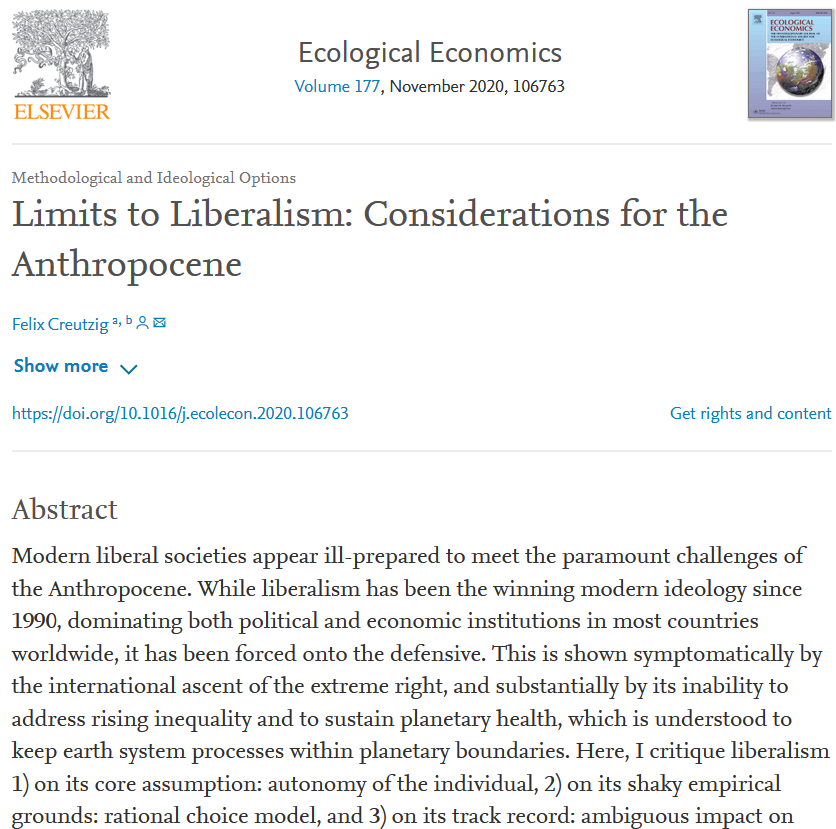
1/5 Demand-side solution can cut GHG emissions in half by 2050 - and improve quality of life.
Main result of our new assessment paper in @NatureClimate
nature.com/articles/s4155…
Main result of our new assessment paper in @NatureClimate
nature.com/articles/s4155…

2/5 Solutions structured in Avoid (e.g., reduce km travel by more accessible cities), Shift (e.g., to cycling, plant-based diets), Improve (e.g., adopt efficient end-use technologies, like heat pumps).
--> 40-80% reduction potential in different sectors
--> 40-80% reduction potential in different sectors

3/5 Do demand-side solution lead us back to the stone age?
To the contrary: 18 main options evaluated by >600 case studies in 18 well-being categories show positive effects in >3/4 of cases, negative only in 3%.
To the contrary: 18 main options evaluated by >600 case studies in 18 well-being categories show positive effects in >3/4 of cases, negative only in 3%.
5/5 Conceptually relevant: Evaluation requires an understanding of preferences as endogenous, not given --> Idea of quality of life changes with social norms, culture and infrastructure. 

• • •
Missing some Tweet in this thread? You can try to
force a refresh














